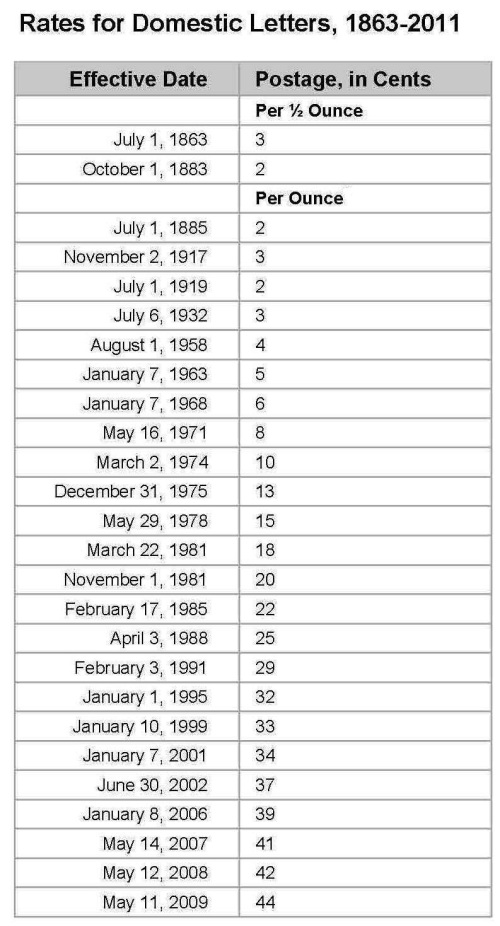U.S. Postal Service Looking to Make Dramatic Changes to Survive
/The U.S. Postal Service announced today that unless legislation is passed this month, it is on the brink of default on its obligations. They say they need to cut operating expenses by $20 BILLION a year by 2015 to survive.

The Postmaster General spoke today to the Senate Committee on Homeland Security and Government Affairs. Here are some of the challenges the USPS would like to address with the help of Congress:
Retirement Benefits: By law the USPS is forced to contribute $5.5 billion each year to fund retirement health benefits of future retirees (in addition $2.5 billion for current retirees). The USPS would like to change this requirement.
Delivery Frequency: USPS wants to be able to be able to control delivery frequency...e.g. perhaps 5 days per week instead of 6. USPS states that in surveys, about 75% of the American public (up from 50% 2 years ago) favors cutting back service rather than cover losses with taxpayer money. Heck, I'd be ok with that. They talk about cutting out Saturday, but how about Wednesdays to break it up a bit! This would save about $3 billion/year.
Operating Improvements: USPS proposes reducing mail processing facilities from 508 to 200, eliminate 20,000 mail routes out of 144,000, review 15,000 post offices and cut about 57,000 positions (more on that later) for potential savings of $6.5 billion/year.
Headcount Reduction: The USPS had 563,402 employees at the end of June (second-largest U.S. employer after Wal Mart), down over 130,000 over the last five years and 228,000 since 2000. Most of that reduction has been through attrition and incentives. They need another 220,000 in reductions by 2015 to survive. 100,000 can be done through attrition; the remaining 120,000 must be done through other means.
Well enough of the summary. You can read more by clicking here. My thoughts:
Postmaster General Patrick R. Donahoe is on the right track. He assumed his role less than 9 months ago and he is addressing the key issues. Whether he's successful or not we'll find out, but he needs help from our legislature.
The USPS expects to lose $10 billion this fiscal year on $65 billion in revenue. Much of that problem is simply the fact that we use the USPS much less than before with the advent of email, Twitter, Facebook, etc.. 1st class mail has dropped by 26% from 2007 (212 billion pieces) to today (167 billion pieces), while "standard" mail (e.g. advertising aka "junk") has dropped by 18%. As a result, USPS revenue dropped from $75 billion in 2007 to $65 billion today.
The trend is expected to continue...less mail, more digital communication...but in the meantime the USPS is limited to increasing prices by the cost of inflation. Do the math. If inflation is zero they can't increase prices. But if mailed items drop another 26%, they need a corresponding drop in costs of at least 26% to stay whole financially. I don't like price increases, but hey, I've cut back my use of mail probably 90%, paying most bills through online banking. I've saved plenty of money. Postage is now 44 cents. Heck, bump it up to 50 cents or something for pete's sake.
The best thing they could do in my opinion is privatize U.S. postal delivery, like telephone and internet service. Put it out there to Fedex, UPS, DHL and others for bid. These are well-run companies that could probably run circles around the USPS. Get some competition going. FedEx made $2.4 billion pre-tax on $39 billion revenue last year. UPS made $6 billion on $50 billion revenue. I would love to see this happen as I'm tired of hearing about the USPS's financial problems.
And with that, let me leave you with something even more exciting...a history of U.S. domestic letter rates since Abraham Lincoln was in office:


